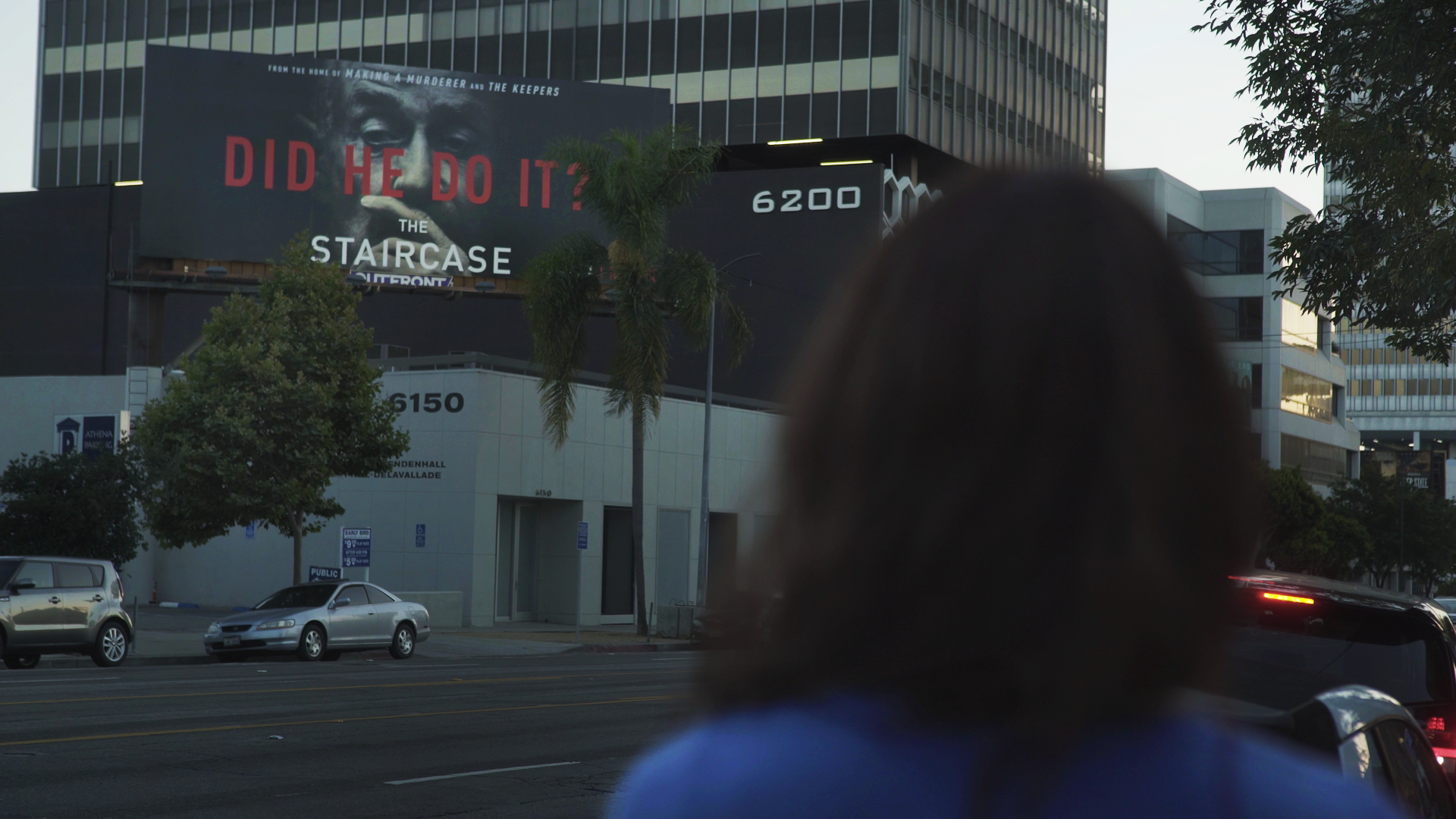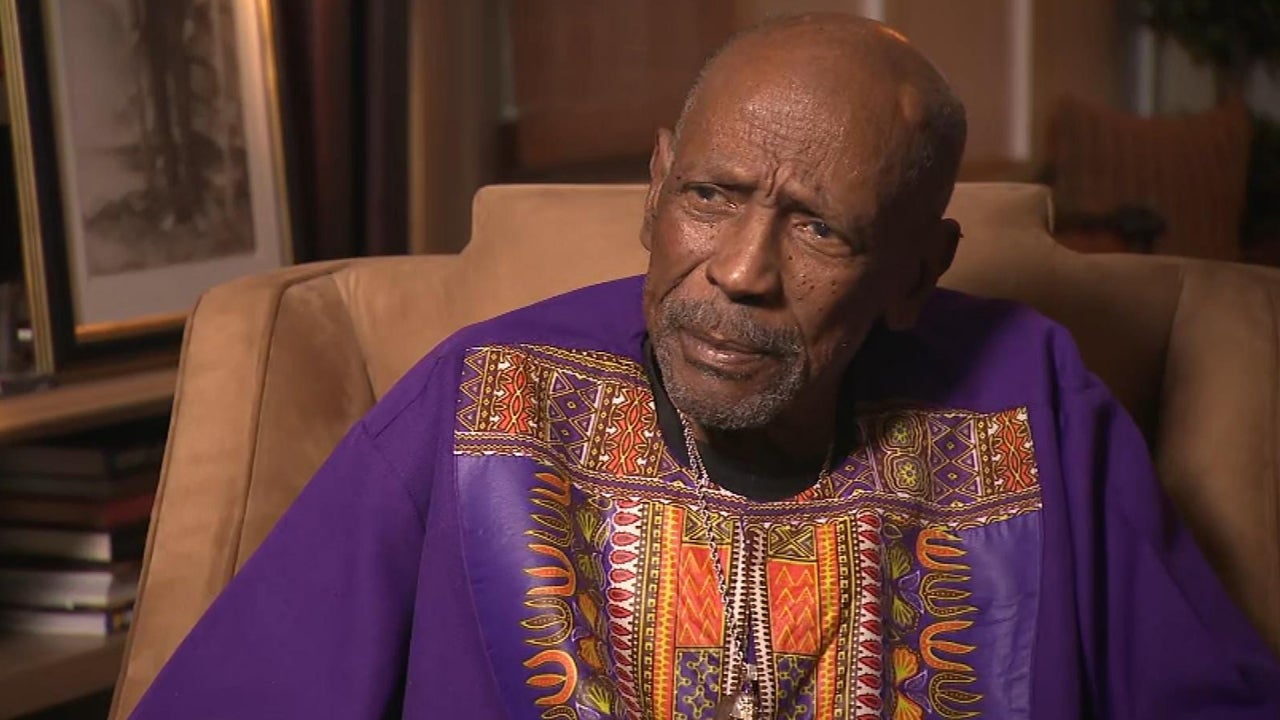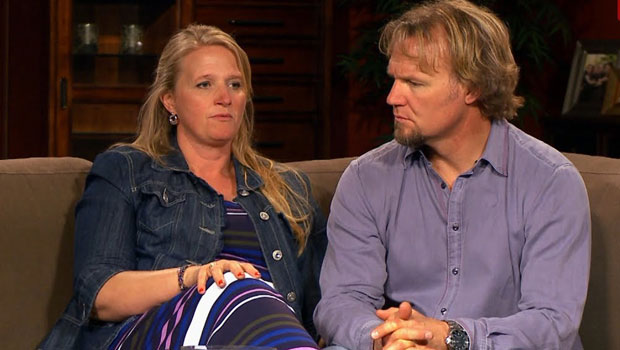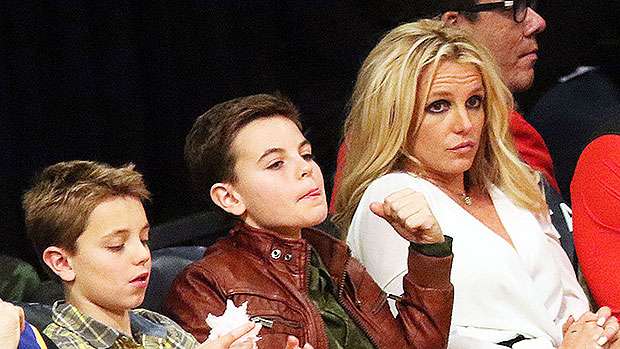Tribeca 2022 Women Directors: Meet Jennifer Tiexiera and Camilla Hall – “Subject”
Jennifer Tiexiera is an award-winning documentary director, producer, and editor. She directed “P.S. Burn This Letter Please,” was a writer on “17 Blocks,” and produced and edited “A Suitable Girl” and “Waiting for Hassana,” among other projects. Her television...

Jennifer Tiexiera is an award-winning documentary director, producer, and editor. She directed “P.S. Burn This Letter Please,” was a writer on “17 Blocks,” and produced and edited “A Suitable Girl” and “Waiting for Hassana,” among other projects. Her television credits include “Oprah Builds a Network,” “Biggie: The Notorious Life of B.I.G.,” and the Emmy-nominated ESPN film “The Marinovich Project.” Tiexiera is a proud member of Brown Girls Doc Mafia, the Documentary Producers Alliance, the International Documentary Association, LatinX Directors, Women in Film, and Film Fatales.
Camilla Hall recently completed directing “Kingdom of Dreams,” a new documentary series about the golden age of luxury fashion produced by Emmy-winning Misfits Entertainment. Her first documentary feature, “Copwatch,” a film about police brutality, premiered in Competition at the 2017 Tribeca Festival and sold to Amazon, and her second, “Garenne,” an investigation into a child sexual abuse scandal on a tax-haven island, was broadcast across Europe by BBC Storyville, Arte, NRK, SVT, and DRK. Hall has also produced films including “Sirens” (Sundance 2022) and “Circus of Books” (Tribeca 2021 and Netflix). Hall was an award-winning journalist at the Financial Times covering Wall Street in New York and spent five years covering the Middle East prior to that.
“Subject” is screening at the 2022 Tribeca Film Festival, which is taking place June 8-19.
W&H: Describe the film for us in your own words.
JT&CH: “Subject” explores the life-altering experience of sharing one’s life on screen through the participants of five acclaimed documentaries. As tens of millions of people consume documentaries in an unprecedented “golden era,” the film urges audiences to consider the impact on documentary participants — the good, the bad, and the complicated.
W&H: What drew you to this story?
JT&CH: As our industry has exploded over the past few years we have noticed changes all around us and really felt the need to better understand what this boom in documentaries meant for the people who were starring in them. Margie Ratliff, who participated in “The Staircase,” was really critical in our journey. As the idea was formulating, out of the blue, we got an unrelated introduction to Margie and her support and excitement over the idea really helped crystallize our decision to make the film.
W&H: What do you want people to think about after they watch the film?
JT&CH: We would like people to think, “I’ll never watch a documentary in the same way again.”
W&H: What was the biggest challenge in making the film?
JT&CH: The pandemic posed a massive challenge as we ended up shooting and co-directing across continents and during a very complicated time to shoot. We ended up setting up some interviews with zero people present and posted cameras to our participants with the help of an amazing camera team who monitored everything remotely. Participant and crew safety was the number one concern for us.
Additionally, this was a tough film to get right — we really wanted to make sure that it didn’t feel like some sort of exposé or a “where are they now” piece, so there was a lot of involvement from our participants, who are also our co-producers, the directors of the original films, and our documentary film community. This was an extremely time-consuming — but worth it — process.
W&H: How did you get your film funded? Share some insights into how you got the film made.
JT&CH: Because the film tackles our industry we didn’t want to share it too widely before it was completed so we decided to keep it to a small group of trusted private investors. It was very important to us to maintain creative control over our project.
W&H: What inspired you to become a filmmaker?
JT: I started out as an editor editing anything I could get my hands on — surf videos, teasers, commercials, whatever, really. I didn’t have a ton of direction, but I do remember seeing “Hoop Dreams” for the first time in 2002ish and immediately thought “that is what I want to do — I want to make docs and tell people’s stories.” Then it was a 15 year struggle after that to find a way to do that and still be able to support myself.
CH: I spent the first few years of my career as a print journalist but I could see how video and film were really becoming the most important way to communicate with people. I wanted to tell stories in a more three-dimensional way and ultimately learn more about our society as a whole. Every documentary I work on is like a fast-track degree on the topic and I love that about documentary filmmaking, you’re always learning.
W&H: What’s the best and worst advice you’ve received?
JT: Worst: If you co-direct, you won’t be taken seriously as a filmmaker. I love co-directing.
Best: Let go of the self-doubt. You deserve a seat at the table just as much as any one else does.
CH: Worst: Stay quiet. Best: Never overpromise.
W&H: What advice do you have for other women directors? (If you are nonbinary, what advice do you have for other nonbinary directors?)
JT&CH: Make your films: don’t wait for anyone to say that you’re a director. Build a film family and help each other to get your films made.
W&H: Name your favorite woman-directed film and why.
JT: Alma Har’el’s “Bombay Beach” and Sarah Polley’s “Stories We Tell” were always big ones for me. They were films that pushed me to think outside the box and reconsider what’s possible.
CH: Ugh that is so hard! Céline Sciamma’s “Portrait of a Lady on Fire” and “Petit Maman,” and Janicza Bravo’s “Zola” are recent faves.
W&H: How are you adjusting to life during the COVID-19 pandemic? Are you keeping creative, and if so, how?
JT: Yes, there has definitely been more time for creativity — however, less time for inspiration. It’s time to get back out in the world again.
CH: I worked way too hard throughout the pandemic: it was just so grueling. With nothing else to do, I pretty much became a full-on work addict. Now my challenge is working less and remembering all the things I love doing outside of work.
W&H: The film industry has a long history of underrepresenting people of color onscreen and behind the scenes and reinforcing — and creating — negative stereotypes. What actions do you think need to be taken to make Hollywood and/or the doc world more inclusive?
JT: I believe that there needs to be a shift in the films that we celebrate. Because there are such limited number of spaces when it comes to film festivals, financing, distribution, etc., the gatekeepers have a responsibility to make sure that these negative stereotypes are not perpetuated — for example, reaching out to the communities that the films are about, or really understanding the process in which the film was made. That takes time and resources on their end.
CH: I think financing is absolutely key. The talent and stories are there but funders need to finance more stories made by people of color.

 UsenB
UsenB 
































